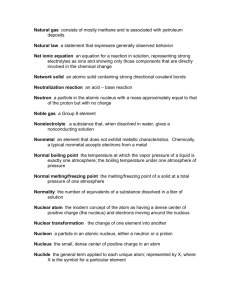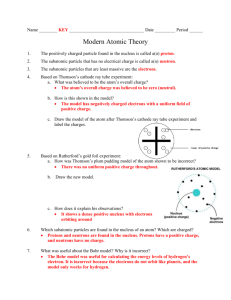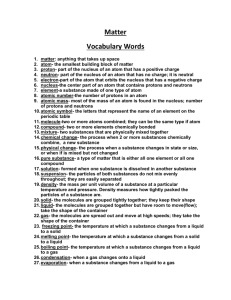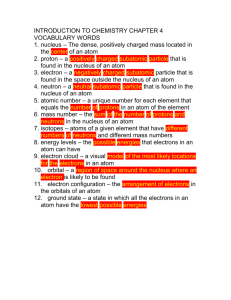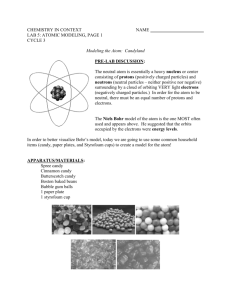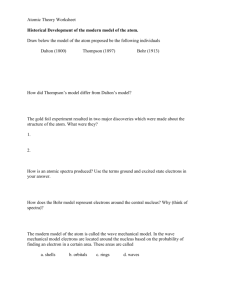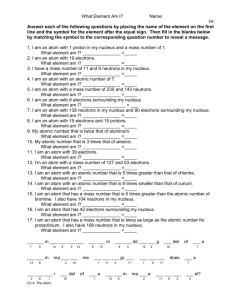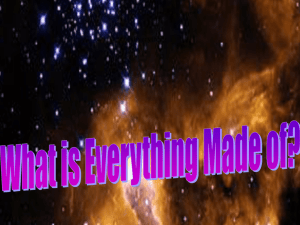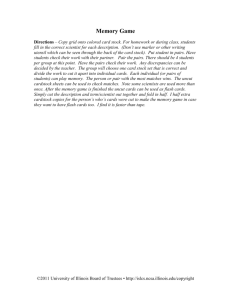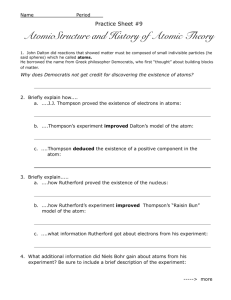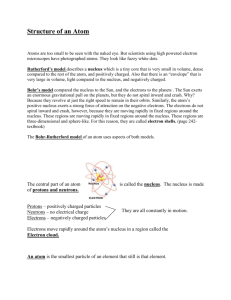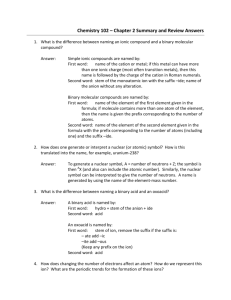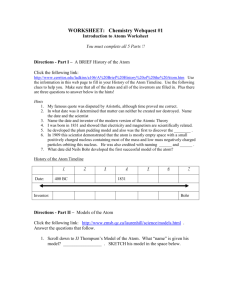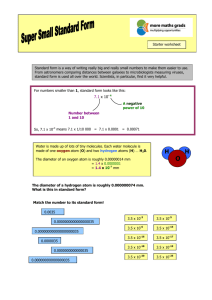C1_1_fundamental_ideas_crossword_-_answers
advertisement
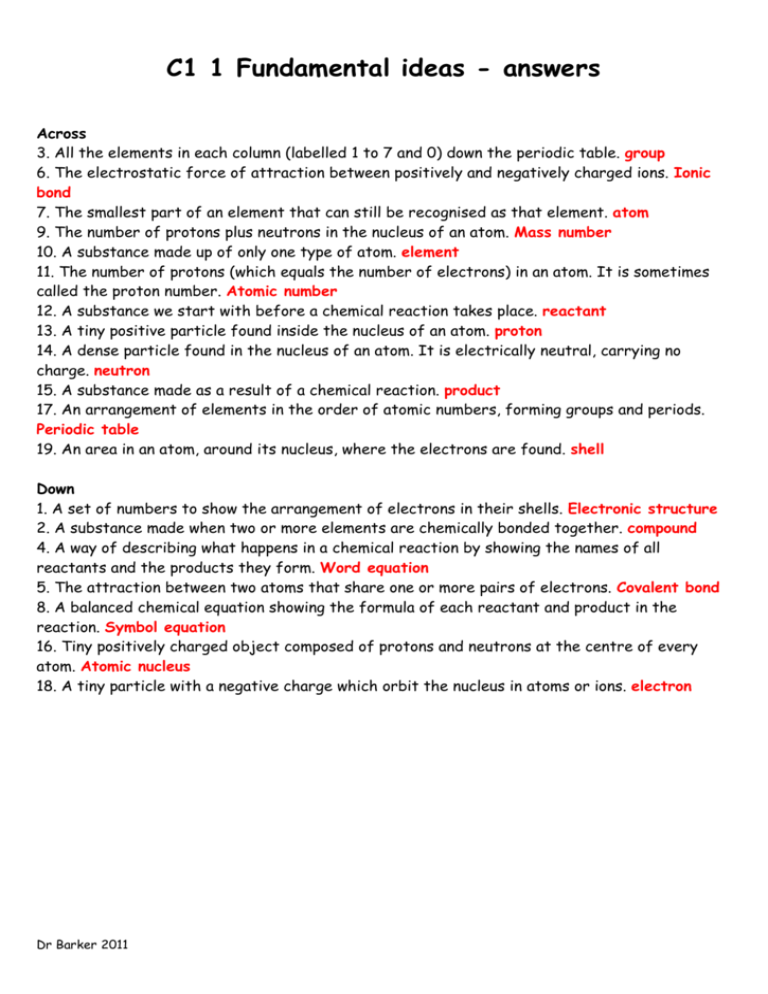
C1 1 Fundamental ideas - answers Across 3. All the elements in each column (labelled 1 to 7 and 0) down the periodic table. group 6. The electrostatic force of attraction between positively and negatively charged ions. Ionic bond 7. The smallest part of an element that can still be recognised as that element. atom 9. The number of protons plus neutrons in the nucleus of an atom. Mass number 10. A substance made up of only one type of atom. element 11. The number of protons (which equals the number of electrons) in an atom. It is sometimes called the proton number. Atomic number 12. A substance we start with before a chemical reaction takes place. reactant 13. A tiny positive particle found inside the nucleus of an atom. proton 14. A dense particle found in the nucleus of an atom. It is electrically neutral, carrying no charge. neutron 15. A substance made as a result of a chemical reaction. product 17. An arrangement of elements in the order of atomic numbers, forming groups and periods. Periodic table 19. An area in an atom, around its nucleus, where the electrons are found. shell Down 1. A set of numbers to show the arrangement of electrons in their shells. Electronic structure 2. A substance made when two or more elements are chemically bonded together. compound 4. A way of describing what happens in a chemical reaction by showing the names of all reactants and the products they form. Word equation 5. The attraction between two atoms that share one or more pairs of electrons. Covalent bond 8. A balanced chemical equation showing the formula of each reactant and product in the reaction. Symbol equation 16. Tiny positively charged object composed of protons and neutrons at the centre of every atom. Atomic nucleus 18. A tiny particle with a negative charge which orbit the nucleus in atoms or ions. electron Dr Barker 2011



